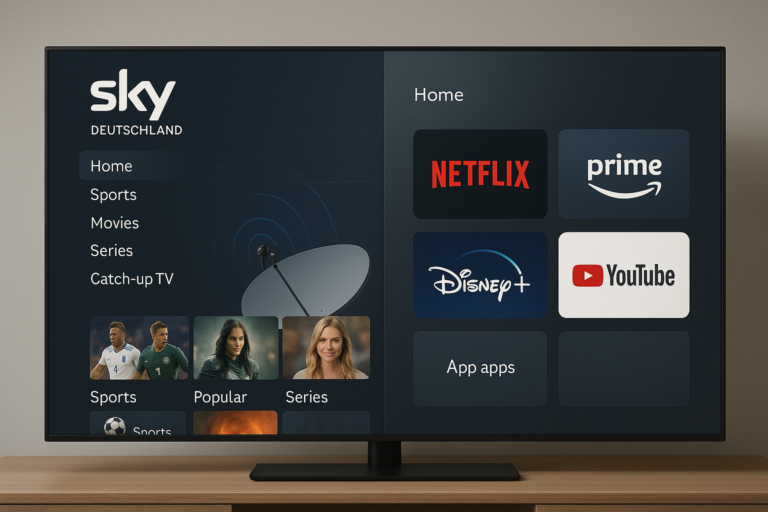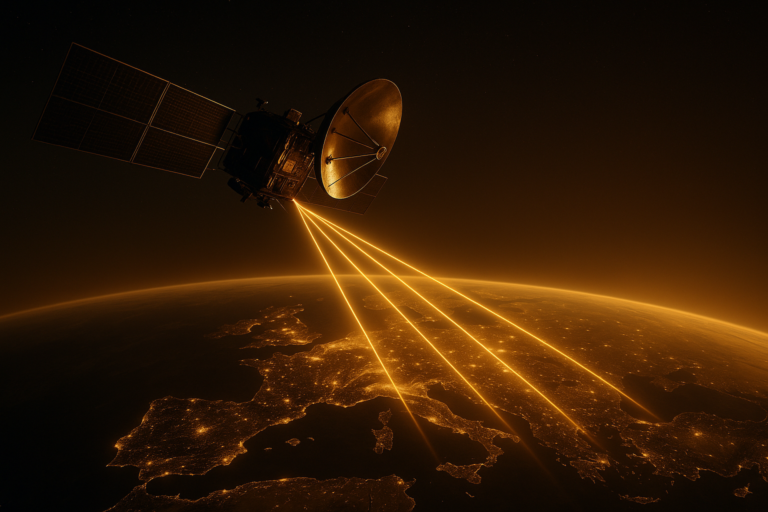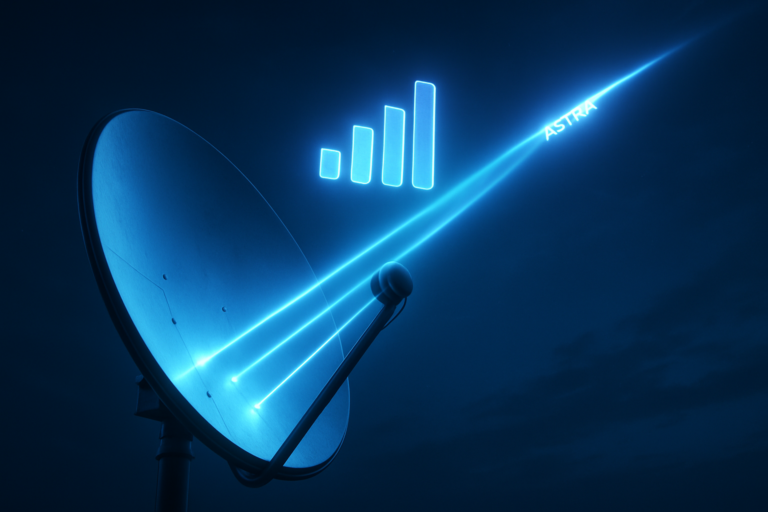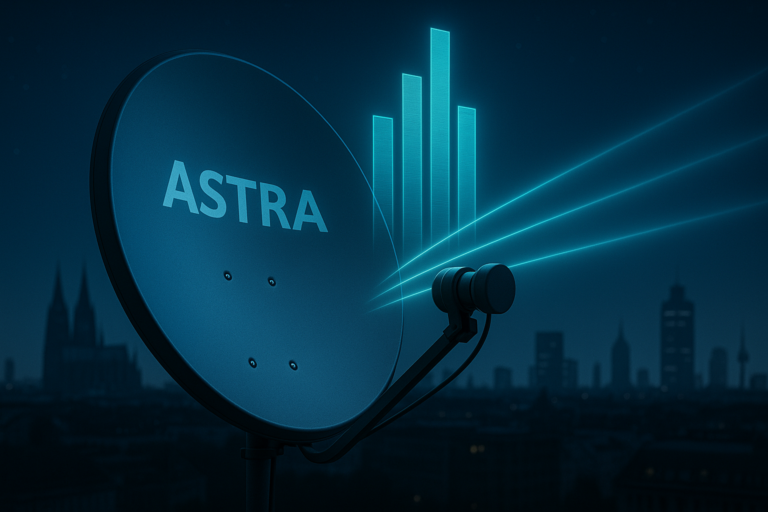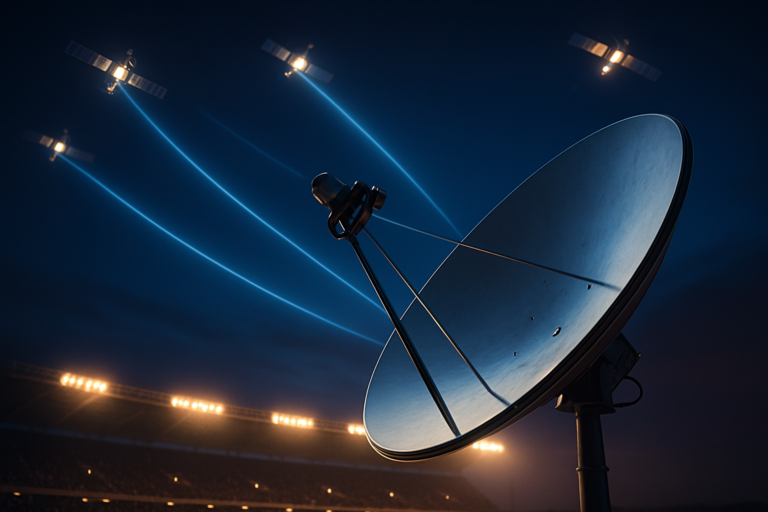AutoDirector: How AI Edits Live TV in Real Time
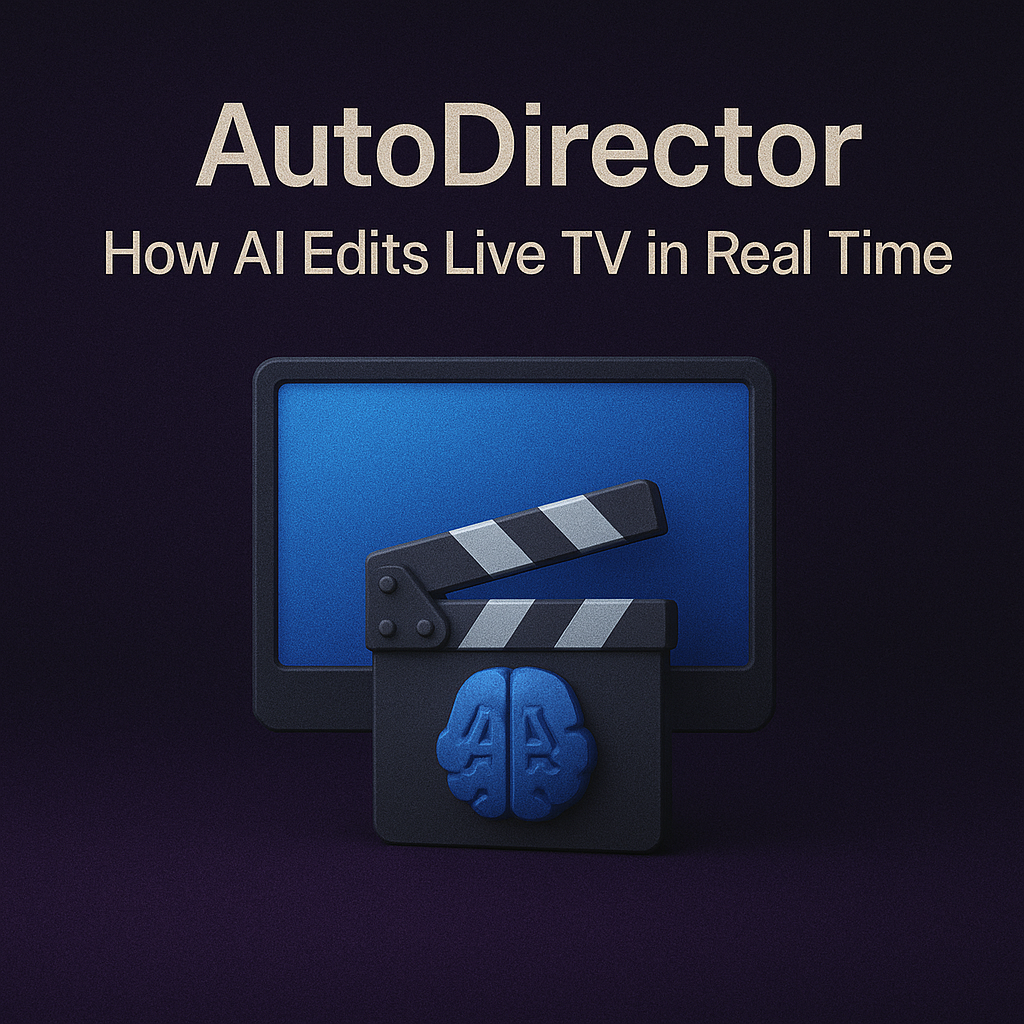
AI in Broadcasting • AutoDirector 2026
📖 Estimated reading time: 8 minutes
Introduction
AutoDirector 2026 is revolutionizing the world of live television. Using advanced artificial intelligence, this new system automatically edits live video feeds — switching between cameras, adjusting color balance, and synchronizing audio — all in real time. The result? Seamless, cinematic broadcasts without human delay.
Quick take: AutoDirector brings AI automation into the production room, offering broadcasters the ability to run fully autonomous live shows that look as polished as high-budget studio productions.
From Human Editors to Smart Algorithms
In traditional studios, live editing requires a director and multiple technical operators — switching angles, applying transitions, and monitoring every cue. But as live content demand grows, so does the need for automation. AutoDirector replaces this manual process with deep learning algorithms that “see” and “hear” events just like a human director would.
- Visual recognition: Detects players, speakers, and action zones in real time.
- Audio mapping: AI follows voices and crowd intensity to adjust focus.
- Emotion tracking: Detects reactions, applause, or tension to cue camera shifts.
- Scene awareness: Classifies each shot (close-up, wide, aerial) and balances composition dynamically.
Inside the AI Editing Room
The AutoDirector engine runs on neural vision networks trained on thousands of hours of sports, news, and talk show footage. During a live broadcast, it processes up to 500 frames per second — predicting where the next action will occur and preloading camera cuts before they happen. The AI doesn’t just react; it anticipates.
Its Multi-Cam Neural Controller manages up to 16 feeds simultaneously, ensuring continuity in pacing and style. Meanwhile, the system’s Audio Emotion Layer adjusts equalization and crossfade transitions to match the energy of the scene — whether it’s a quiet press conference or a roaring stadium.
Technical Overview (AutoDirector Core)
| Component | Technology | Function |
|---|---|---|
| Vision Engine | Convolutional Neural Networks (CNN) | Detects motion, faces, and focus points |
| Audio Engine | AI emotion analysis | Follows tone, applause, and dialogue |
| Scheduler | Reinforcement Learning (RL) | Optimizes camera switching and timing |
| Color & Light AI | Real-time LUT correction | Matches tone across all cameras |
| Cloud Controller | Edge rendering servers | Processes and streams live edits instantly |
Changing the Studio Game
European broadcasters like Sky, Canal+, and ZDF are already testing AutoDirector in hybrid production workflows. It reduces staffing needs by up to 60% while maintaining professional visual standards. Producers can now focus on storytelling and branding, leaving the technical side to AI automation.
AI Collaboration, Not Replacement
AutoDirector isn’t about removing human creativity — it’s about amplifying it. Editors can override decisions at any moment or predefine artistic styles (e.g., “documentary,” “sports,” or “cinema”) that the AI learns to emulate. The system evolves with each broadcast, adapting to local preferences and lighting conditions.
Reality Check
AI can make mistakes. In early trials, some AI-directed broadcasts focused too long on irrelevant scenes or missed subtle visual cues. Broadcasters are implementing hybrid control systems to maintain oversight while still reaping the benefits of automation. The balance between machine precision and human intuition remains key.
Final Verdict
AutoDirector 2026 represents a defining moment for the media industry. By merging computer vision, audio intelligence, and storytelling logic, it transforms live broadcasting into an AI-driven art form. The cameras don’t just record — they now decide what matters.

